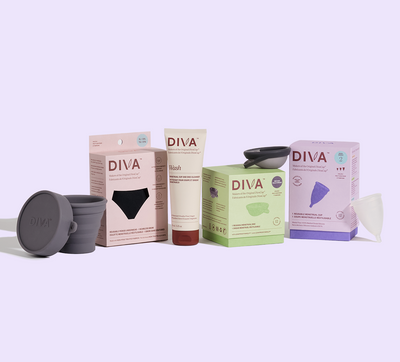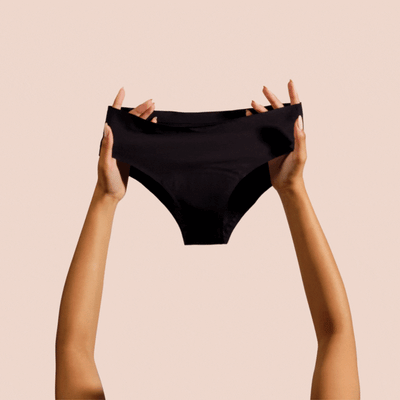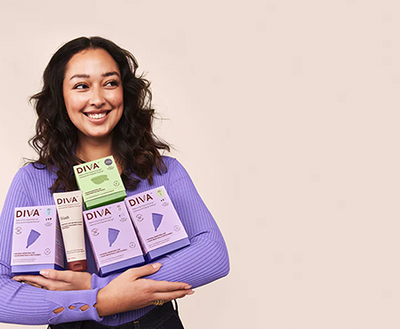
In this article /

What is Bacterial Vaginosis?
What is BV? Bacterial vaginosis (BV) is a common vaginal infection caused by an overgrowth of certain bacteria in the vagina. It occurs when the balance of bacteria in the vagina is disrupted, leading to an overgrowth of bad bacteria and a decrease in beneficial bacteria.While it sounds similar, BV is not the same as a yeast infection. Yeast infections are fungal infections, whereas BV is a bacterial infection. Neither yeast infections nor BV are considered sexually transmitted infections, however having BV can increase your chances of contracting a sexually transmitted disease.
The exact cause of bacterial vaginosis is not fully understood, but certain factors may increase the risk of developing it, including:
- Sexual activity: BV is more common when sexually active, especially with multiple sex partners.
- Douching or vaginal deodorants: These disrupt the natural balance of bacteria in the vagina can increase the risk of BV.
- Antibiotics: Repeat antibiotic use can kill off beneficial bacteria in the vagina, allowing harmful bacteria to overgrow.
- Vaginal discharge that is thin, white or gray in color
- Strong fishy smelling odor, especially after sex
- Burning or itching in the vagina
- Pain during sex or urination
Bacterial Vaginosis Treatment
Bacterial vaginosis (BV) can be treated with antibiotics, either taken orally or applied topically as a cream or gel. Your healthcare provider will determine the most appropriate treatment based on the severity of your symptoms and other factors.Commonly prescribed antibiotics for bacterial vaginosis include:
- Metronidazole (Flagyl): taken orally or applied topically as a gel
- Clindamycin (Cleocin): taken orally or applied topically as a cream
It's important to take the full course of antibiotics as prescribed, even if your symptoms improve, to ensure that the infection is fully cleared. 
In addition to antibiotics, there are some home remedies and lifestyle changes that may help alleviate symptoms of bacterial vaginosis or prevent future infections, including:
- Practising good hygiene: Wiping front to back after using the bathroom and washing the genital area with mild soap and water can help prevent the spread of bacteria.
- Wearing breathable cotton underwear and avoiding tight-fitting clothing: This can help reduce moisture and promote airflow in the vaginal area.
- Using condoms during sex: This can help prevent the spread of bacteria and reduce the risk of developing BV.
- Avoiding douching or vaginal deodorants.
- Eat a healthy diet: Eating a healthy, balanced diet can help boost your immune system and reduce your risk of developing infections.
It's important to follow up with your healthcare provider after treatment to ensure that the infection has been fully cleared and to discuss any concerns or questions you may have.
A Healthy Diet to Help Prevent Infection
While there is no specific diet or food that can prevent bacterial vaginosis (BV), eating a healthy, balanced diet that is rich in nutrients can help support overall health and immune function. This, in turn, can help reduce the risk of developing infections, including BV.Here are some dietary tips that may help:
- Eat a diet rich in fruits and vegetables: These foods are high in antioxidants, vitamins, and minerals that can help support immune function and reduce inflammation.
- Choose whole grains: Whole grains are rich in fiber, which can help promote gut health and support immune function.
- Include lean protein sources: Lean proteins such as chicken, fish, and beans can provide important nutrients to support immune function and overall health.
- Avoid processed and sugary foods: Processed and sugary foods can increase inflammation and disrupt gut health, which can make you more susceptible to infections.
- Stay hydrated: Drinking plenty of water can help flush out toxins and support overall health.





















